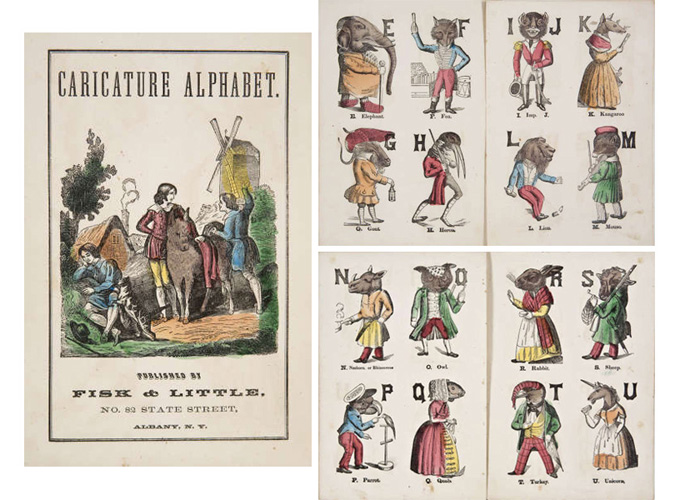
Cutting your dog’s nails monthly is usually sufficient to keep them from growing too long. In addition to coat care, you will also need to care for your Olde English Bulldogge’s nails, ears, wrinkles, and teeth. Brushing a few times a week and the occasional bath will keep this dog’s coat healthy and looking great. This dog breed has a short coat that will shed moderately year-round, but is relatively low-maintenance. They can also be registered with the Olde English Bulldogge Kennel Club. Although the American Kennel Club does not currently recognize the Olde English Bulldogge, the United Kennel Club recognized them in 2014. They also tend to have a friendly temperament, an athletic build, and are loyal to their families. Olde English Bulldogges tend to meet these standards.

Achieving this would also help to reduce many of the health issues associated with the modern English Bulldog as a result of their flat face, short snout, and short stature.

The goal with the Olde English Bulldogge was that they would be taller with longer legs and longer snouts than the modern English Bulldog.

By crossing English Bulldogs with Bullmastiffs, American Pit Bull Terriers, and American Bulldogs, Leavitt’s goal was to create a Bulldog more similar in stature to the bull-baiting dogs of the 18th century, but without the aggression that was common in the breed back then. David Leavitt of Coatsville is credited with founding the breed, which he started back in the early 1970s. The Olde English Bulldogge is a mixed breed that originated in Pennsylvania.


 0 kommentar(er)
0 kommentar(er)
